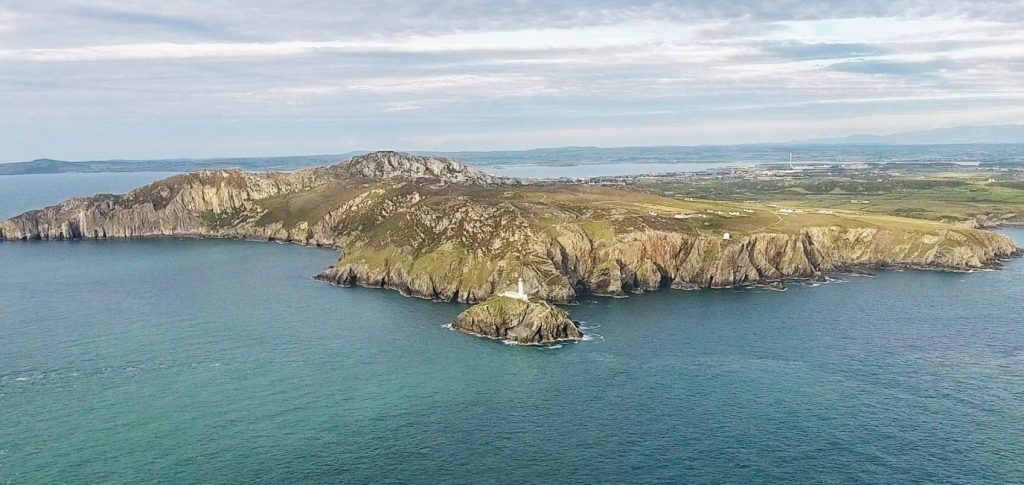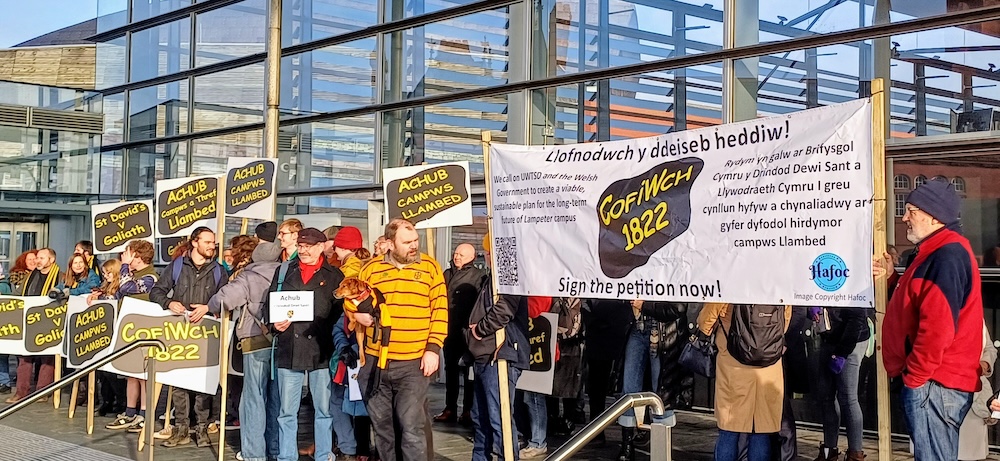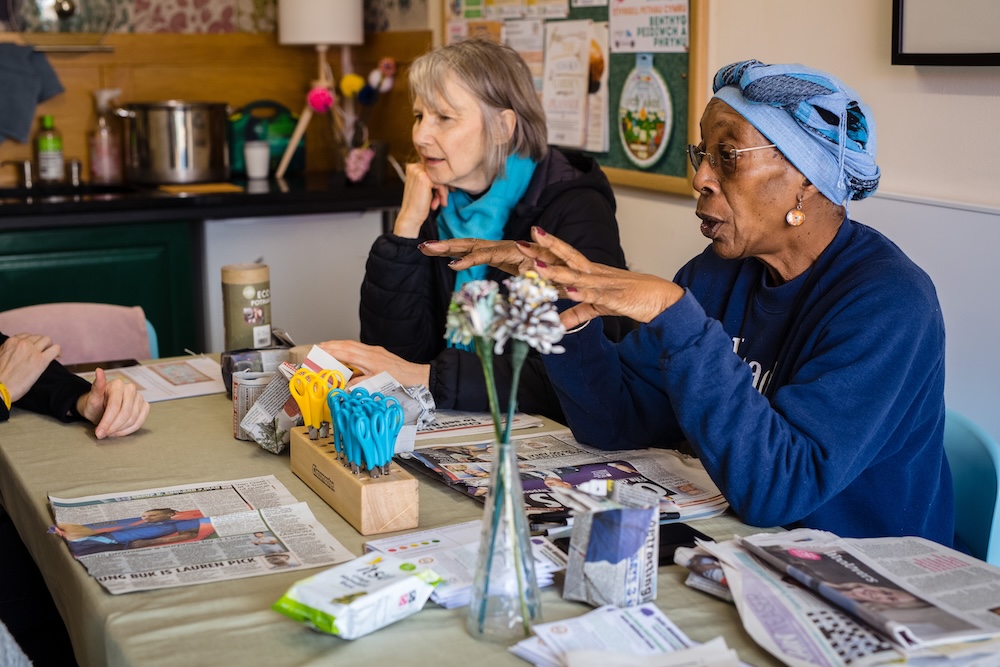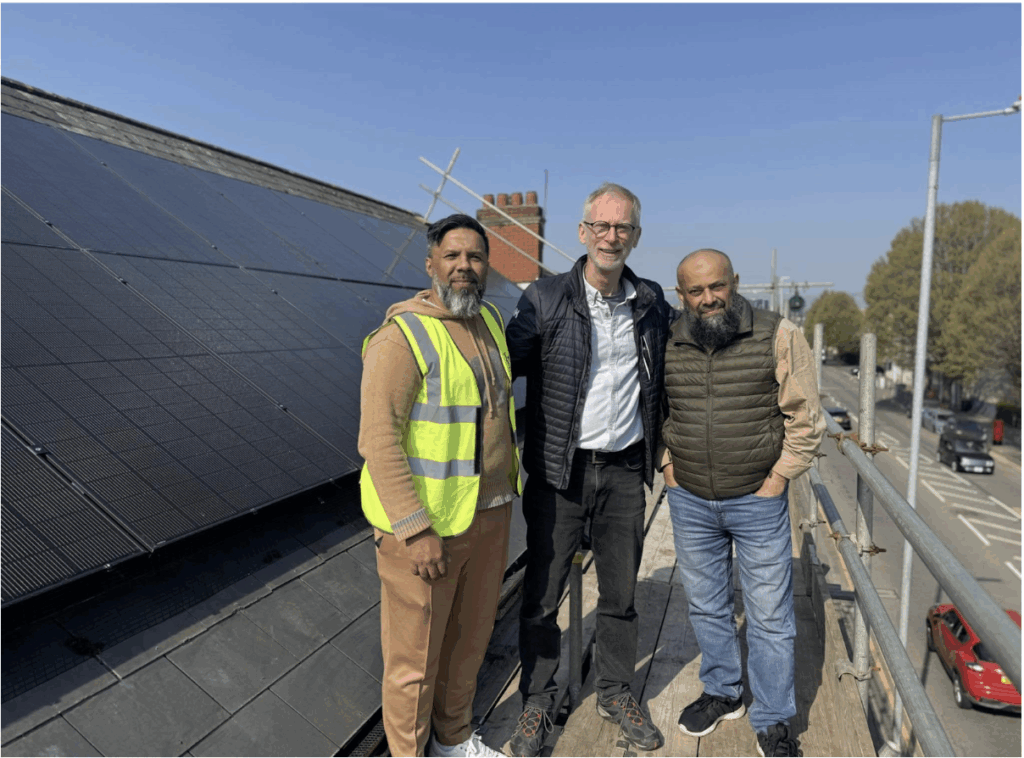Anglesey-based tidal energy project Morlais illustrates the potential benefits and complexities of implementing renewable energy schemes in Wales.
Morlais is a tidal stream energy project located off the north west coast of Holy Island, Anglesey. It is run by local social enterprise Menter Môn, which secured a 45-year lease from Crown Estate lease in 2014 to manage the zone, beating off international competition.
Since then, the project team has been working towards securing consent from Welsh Ministers and Natural Resources Wales (NRW) to develop the project. An application under the Transport and Works Act was submitted to Welsh Government in the summer of 2019, along with a marine licence application to NRW. In December 2022 the project was granted its consent and a marine licence – which means it can now move to the first phase of construction. And finally, this week, the project was successful in securing support of the European Regional Development Fund through Welsh Government.
Ask anyone who is familiar with the Morlais project and they will tell you there are many things that make it stand out from the crowd.
Most significantly perhaps, is the fact that it is home grown. Morlais is owned and run locally by Anglesey-based Menter Môn, and is the only project on this scale to be run by a third sector organisation.
Morlais was born from the idea of one of its directors, in 2014, to see renewable electricity generated off the coast of Anglesey.
Menter Môn has been running green projects locally since 1996. It is part of the island’s history and has strong links with its residents. In fact most of its staff live on Anglesey or in neighbouring Gwynedd. And Menter Môn is driven today, as it was 25 years ago, by a vision to create opportunities for local communities by making the most of resources available on its doorstep.
Morlais was born from the idea of one of its directors, in 2014, to see renewable electricity generated off the coast of Anglesey. Local ownership for Morlais means it’s part of the community in every sense – and its very existence serves to ensure benefits and any profit from the project come right back into that community.
The driver for Morlais has always been to make sure the huge potential of the marine energy sector in terms of jobs, skills, investment and the supply chain would be realised locally. Already Anglesey-based businesses are working with developers of tidal devices and Coleg Llandrillo Menai is working with Menter Môn through a Skills Working Group to ensure local young people can make the most of Morlais training and apprenticeship opportunities.
The area chosen to establish Morlais was designed by the Crown Estate as a demonstration zone for tidal energy, in order to accelerate the development of the marine energy sector. Anglesey was chosen for having the strongest tidal resources in Europe, and once fully developed Morlais is expected to generate 240 MW of electricity – enough for around 180,000 typical Welsh homes.
The consenting process wasn’t without its challenges, not least due to pandemic restrictions. The first ever online public inquiry was held into the project in December 2020 – with all representations given virtually to Planning Inspectorate Wales.
Before reaching this stage, an extensive consultation process was undertaken with statutory stakeholders as well as local communities. Much of the process was governed by the Transport and Works Act. But the team was keen to go beyond this – talking to residents and listening to the views of local people and organisations as well as experts was central to the project. Community drop-in sessions and outreach events were held alongside a communications campaign.
Robust debate and agenda-setting research.
Support Wales’ leading independent think tank.
Feedback showed that the status of South Stack, the designated location for Morlais, as an environmentally sensitive site was an important consideration, and there were concerns over potential effects on wildlife, most notably seabirds. Extensive impact assessments were held and experts including the RSPB were consulted. As a result, a phased approach has been adopted which means Morlais will scale up gradually with turbines deployed on a small scale initially and monitored closely. Only when it is clear that seabirds and mammals will not be harmed will further devices be installed in the sea.
As ‘a local’, Morlais is in it for the long haul. It will be many years until the scheme reaches its 240 MW capacity due to its adaptive management model. This means its potential to deliver local jobs and investment will continue to grow as the scheme grows.
Along with Morlais, other Menter Môn projects, including plans for a Hydrogen Hub nearby at Holyhead, create a solid platform for Ynys Môn to be at the forefront of the renewables sector.
Looking beyond the local, Morlais can also stand its ground on a global stage. Ten international turbine developers have already signed up to be part of the project, attracted by the scheme’s ‘plug and play’ model. This means that Morlais provides the infrastructure, consent and grid connection so they can deploy their turbines in the zone on a commercial scale. This pathway to commercialisation reduces the risk for the developers, but also promotes innovation in a sector which is yet to realise its full potential in terms of the energy mix.
As a player in the renewable sector in Wales, Morlais is poised to play its part in helping governments in Cardiff and over the border in Westminster to reach their carbon reduction targets. Morlais will generate low carbon electricity using the strong tidal resources off the coast of Anglesey – an essential model if we are to meet the increase in demand for electricity and as the focus shifts even more so to energy security.
Concerns around climate change have been around for a while – but progress has been slow. Morlais, along with its developers, are well-placed to take action and make the difference that’s needed now.
Young people are increasingly vocal in their views on climate and inaction from governments. After Covid 19, green recovery has become a new focus, and there are now growing concerns around the question of energy security. As part of the wider tidal energy sector, Morlais can make a difference and is keen to live up to its responsibility to leave a greener and cleaner legacy for future generations.
All articles published on the welsh agenda are subject to IWA’s disclaimer.





